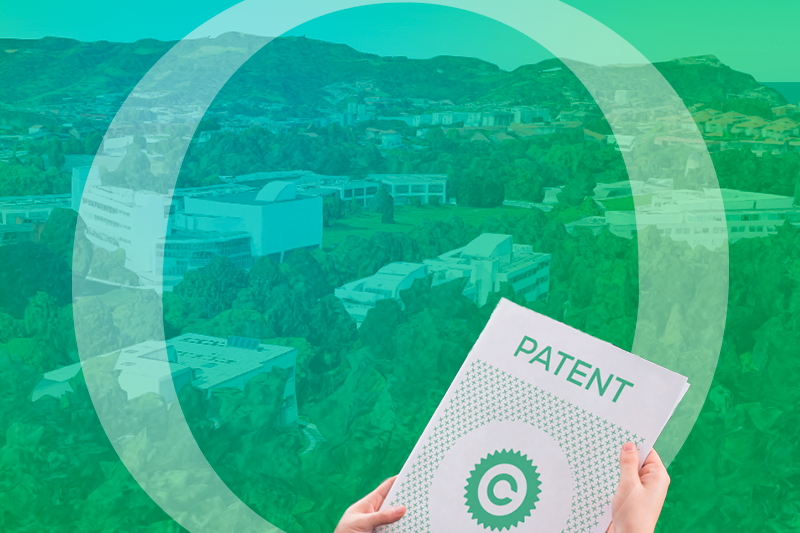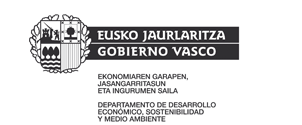At the end of 2024, the COTEC Foundation published its report “Evolution of R&D in Spain”. According to this document, the Basque Country stands out as the autonomous community that invests the most in R&D per inhabitant, with 954 euros per capita, compared to the national average of 470 euros. This figure places the Basque Country even above the European average, which is 862 euros per capita. Furthermore, the Basque Autonomous Community (BAC) leads the national ranking in the proportion of ‘business investment over total R&D investment’, reaching 76%, compared to 57% of the Spanish average and also exceeding the European average of 68%. On the other hand, its ratio of ‘R&D investment to GDP’ (2.16%) is well above the national average (1.44%) and close to the European average (2.27%). If you want to learn more about the R&D landscape in Euskadi compared to its European counterparts, you can access the Orkestra report "Innovation in Basque SMEs: analysis and reflection on the innovation survey"
When analysing the evolution of Basque investment in R&D over time and comparing it with the Spanish average, the COTEC Foundation report shows that, in relative terms, this investment has been losing momentum. From 2008 (a year marked by the financial crisis) to 2023, the BAC is among the autonomous communities that have increased their investment in R&D the most, with an accumulated growth of 53%, compared to the 20% recorded for Spain as a whole. However, focusing on the period 2019-2023 (which includes the pandemic and the subsequent recovery), the Basque Country shows a slightly lower growth than the Spanish average (40% compared to 42%). Finally, when comparing only the data for 2022 and 2023, a practically similar growth rate is observed for both geographical entities: +16% for the BAC compared to +15.8% for Spain.
The report “Evolución de la I+D en España” also points out that investment in R&D is more concentrated, geographically speaking, than economic activity in general’. In the case of the BAC, this means that its relative weight in R&D is greater than its contribution to GDP within the national total. Specifically, the Basque Country accounts for 9.2% of total R&D investment in Spain, while its share of the national economy is 5.9%.
One aspect derived from this observation is that, beyond the significant weight of specific autonomous communities such as the BAC, the greatest activity and investment in R&D is concentrated in certain locations within these autonomous communitiesm. In this context, a previous report by the COTEC Foundation on the “Map of Technological Employment in Spain” highlighted San Sebastian as the provincial capital with the highest R&D employment intensity. According to the report, 2.34% of all employees registered in San Sebastian work in this field, compared to 1.6% in Gipuzkoa as a whole, 1.05% in the Basque Country and 0.57% at national level.
Along the same lines, a recent study by CSIC researchers on the registration of European patents by Spanish municipalities concludes that San Sebastian is the highest-ranked Basque city in the national ranking, securing seventh place, with Vitoria close behind in tenth. Additionally, the study highlights a growing concentration of patent registrations in urban areas across Spain. Within this trend, a select group of municipalities—primarily provincial and regional capitals—is emerging as key innovation hubs.
The Ppatents form is a useful indicator for assessing whether investment in R&D translates into tangible results, such as inventions that can be protected. In the Basque case, patent applications again reflect a phenomenon of asymmetrical distribution. WhenOn analysing which Basque organisations apply for patents, we can see that a small group of applicants account for a large proportion of applications to the European Patent Office (this is in line with observations we made in the past). Specifically, in recent years, five companies have been responsible for around 40% of all European applications. This situation reflects a distribution where, at the beginning (left-hand side of the graph below), the most active players in patenting activity stand out, followed by a long tail of organisations filing few patents per year (right-hand side of the graph).
It can be argued that (except for the first organisations A-M in the graph above, which are serial patenters) there is a high turnover among the ‘long tail’ actors in the graph above. Consequently, it is plausible that there is a lack of repeat patent filers among these actors.
Is this a problem? In principle, one could see it as a positive sign that a growing number of companies are experimenting with the patenting process. If one year certain companies file patents and the next year others do, this could be interpreted as a sign of dynamism. I agree with this reasoning, but I also believe that if a broader group of recurring patent filers does not consolidate, it could indicate the absence of a solid core of companies capable of regularly submitting patentable inventions to the European Patent Office—innovations that could lead to disruptive market breakthroughs. Likewise, it could reflect a lack of sufficiently professionalized processes for creating and managing intellectual property within R&D-active companies.
Patenting may not be the most important thing, but the granting of a patent does indicate that the applicant has gone beyond the state of the art in his or her field and has developed an invention with potential for commercial exploitation. Moreover, the greater the number of patents registered in a territory, the greater the chances that its companies can generate business with impact, as they will compete with better protection against their rivals.
Returning to the graph, we can say, in cycling terms, that we are facing a group of breakaway riders with a peloton that is still several minutes behind. For once, I think it is preferable for the peloton to close the gap and prepare for a mass sprint ... and for the sprint not to finish, but to continue over time.

Bart Kamp
Bart Kamp is Principal Investigator in the focus area of Business Internationalisation and Servitization at Orkestra-Institute of Basque Competitiveness. His research centres on competitive strategies that enable firms to be leaders in their niches on the international market and on servitization processes between manufacturing firms.













